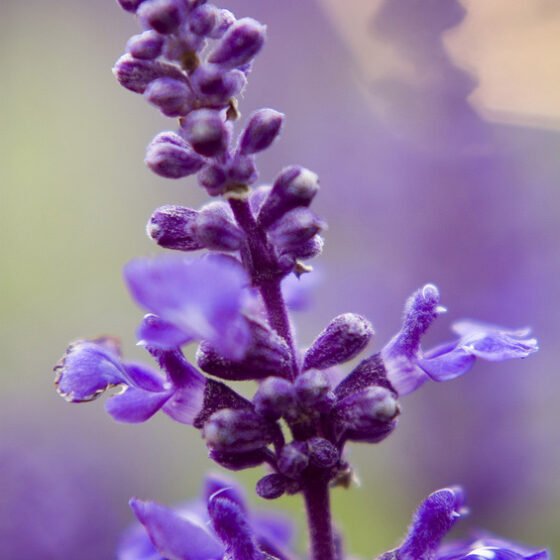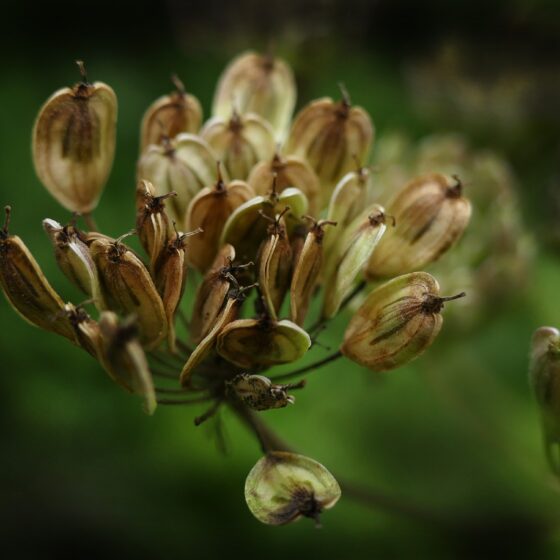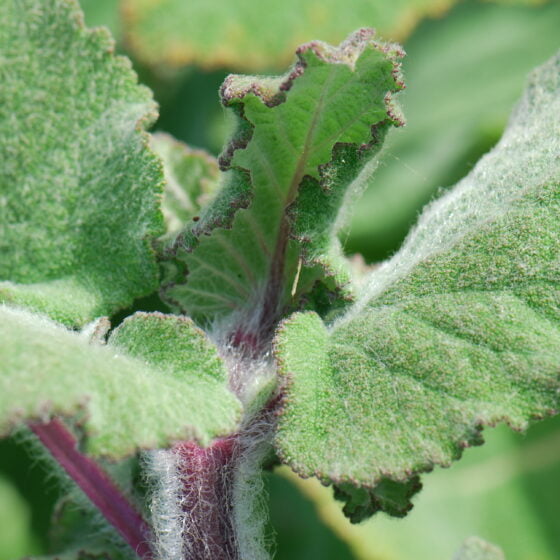
Caraway Finland
Carum carvi
General data
Harvest Calendar
- J
- F
- M
- A
- M
- J
- J
- A
- S
- O
- N
- D
Product details Fragrance side
The spicy and minty notes of caraway seed allow it to find its place in many aromatic compositions such as ferns or sometimes chypre. It is more rarely found in woody notes where it brings a delicate earthy and slightly spicy facet.
About
Caraway is a small umbellifer resembling wild carrot. The lacey leaves are on hollow, branching stems and the small, white flowers are clustered in light, airy umbels.
Caraway, native to Europe and Asia, is found abundantly in grasslands and along embankments and roads, where it grows wild. This small, aromatic umbellifer is commonly known as “meridian fennel” or “Persian cumin.” Caraway is one of four ancient greater hot seeds, along with anise, fennel, and cumin; coriander is sometimes included, as well. Probably one of the oldest spices known, it has been unearthed on Neolithic prehistoric sites. Caraway also had the honor of being buried alongside Pharaoh Tutankhamun in 1336 B.C. In ancient Egypt, it was believed to chase away evil spirits, and caraway was also used to protect men from women. An entertaining Germanic legend tells that the goddess of the Earth, Hertha, made her lovers disappear, and the only survivors were those who carried or wore caraway seeds.
This biennial plant only begins blooming in its second year, from May to July. The fruits follow and are harvested in August. When the stems turn brown, the caraway plants are harvested. They must be cut before the fruit is fully mature to avoid the seeds dropping from the umbels. In days of old, harvesting was done manually, using a sickle. Nowadays, it is performed mechanically, which reduces raw-material losses. Harvesting is best done on sunny days when the seeds contain more essential oil. The caraway essential oil obtained through steam distillation of the dried seeds is spicy and fresh.
Fragrance side
The spicy and minty notes of caraway seed allow it to find its place in many aromatic compositions such as ferns or sometimes chypre. It is more rarely found in woody notes where it brings a delicate earthy and slightly spicy facet.
About
Caraway is a small umbellifer resembling wild carrot. The lacey leaves are on hollow, branching stems and the small, white flowers are clustered in light, airy umbels.
Caraway, native to Europe and Asia, is found abundantly in grasslands and along embankments and roads, where it grows wild. This small, aromatic umbellifer is commonly known as “meridian fennel” or “Persian cumin.” Caraway is one of four ancient greater hot seeds, along with anise, fennel, and cumin; coriander is sometimes included, as well. Probably one of the oldest spices known, it has been unearthed on Neolithic prehistoric sites. Caraway also had the honor of being buried alongside Pharaoh Tutankhamun in 1336 B.C. In ancient Egypt, it was believed to chase away evil spirits, and caraway was also used to protect men from women. An entertaining Germanic legend tells that the goddess of the Earth, Hertha, made her lovers disappear, and the only survivors were those who carried or wore caraway seeds.
This biennial plant only begins blooming in its second year, from May to July. The fruits follow and are harvested in August. When the stems turn brown, the caraway plants are harvested. They must be cut before the fruit is fully mature to avoid the seeds dropping from the umbels. In days of old, harvesting was done manually, using a sickle. Nowadays, it is performed mechanically, which reduces raw-material losses. Harvesting is best done on sunny days when the seeds contain more essential oil. The caraway essential oil obtained through steam distillation of the dried seeds is spicy and fresh.
Other type of extracts
(Aromatic)



